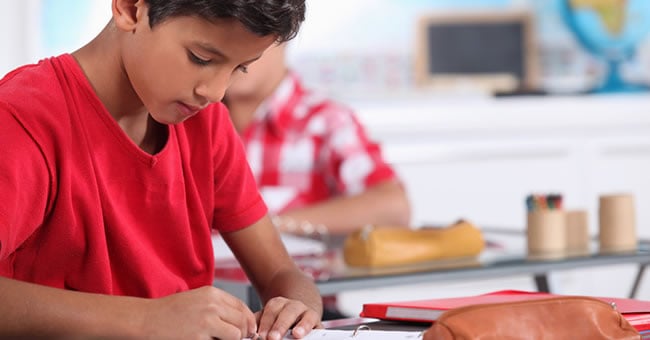
There are many historical events that take place during the school year; everything from President's Day, to studying the first Thanksgiving, to celebrating Martin Luther King Jr. As these special days and commemorations approach, many classrooms are filled with creative writing activities, wonderful read alouds, art projects, and powerful service-learning projects designed to honor the spirit of the event. However, what about understanding the event from the perspective of real people and artifacts from a particular time in history? Utilizing primary sources in your teaching of historical events is a great way to widen your students' view and understanding of history and its impact on the present.
What Are Primary Sources?
Primary sources are simply artifacts that were present during a particular event. Think of it as a newspaper getting an eyewitness account to a news event rather than hearing about it thirdhand from someone who was not there. Reading a retelling of an event in a history book cannot compare to examining and analyzing documents from the actual event. Examples of primary sources include letters, interviews, works of art, recorded speeches, photographs, programs, and flyers.
Where Do I Find Primary Sources?
Whenever possible, try to find firsthand sources through interviews, guest speakers, and archived records. Your local library is a great resource, especially for city statistics and newspaper articles. The internet is also full of primary source materials, such as scanned images and sound files. Be sure to double-check the source and always authenticate your sources. The Library of Congress has many pages dedicated to teaching with primary sources and is a great way to find trusted sources. Remember, a primary source needs to be a direct link to the event you are studying. The idea is that you are viewing the actual document, not a representation. This makes it possible to include works of art and musical pieces. For example, listening to the actual recording of "We Shall Overcome" when your class studies civil rights is much more powerful than mentioning that it was a popular protest song. You do not have to get an interview with the author of the song to include it as a primary source.
What Do I Do With Them Now That I Have Them?
Start by having students make observations about the document. Teach them to start with a small observation. Use questions such as the following examples:
- What is the first thing you notice?
- What is surprising to you?
- What is in the document that you cannot explain?
- What questions do you have about the document?
Move the conversation into asking students to form and test a hypothesis about the document. You will be amazed how spot on your students' ideas will be. Guide them with these questions:
- Who do you think this was written by and for?
- What side of an argument do you think it supports?
- How do you think the document was created?
- How might it be created differently today?
Always have students refer back to the source to support their thinking'apos;hellip;always ask them WHY! Finally, ask students to formulate new questions based on the examining of the document. When possible, have multiple documents so students can begin to compare and contrast the documents.
Taking It Further
Once you have students using primary resources, it opens up the door to a ton of extension activities. Students can form debates based on conflicting sources. They can study the genre of the primary source and create their own based on that genre (e.g., studying propaganda art and creating their own to support a viewpoint). Written responses to primary resources are a great way to connect your social studies teaching to your language arts classroom. Younger students can also respond to primary sources through pictures and talk.
It is important to teach historical events through multiple modalities. Students should absolutely draw, write, sing, and act out plays about these events. But don't stop there! Take it to the next level by introducing primary sources to your students and taking your students back in time to where they can start to see historical events in brand new ways.
